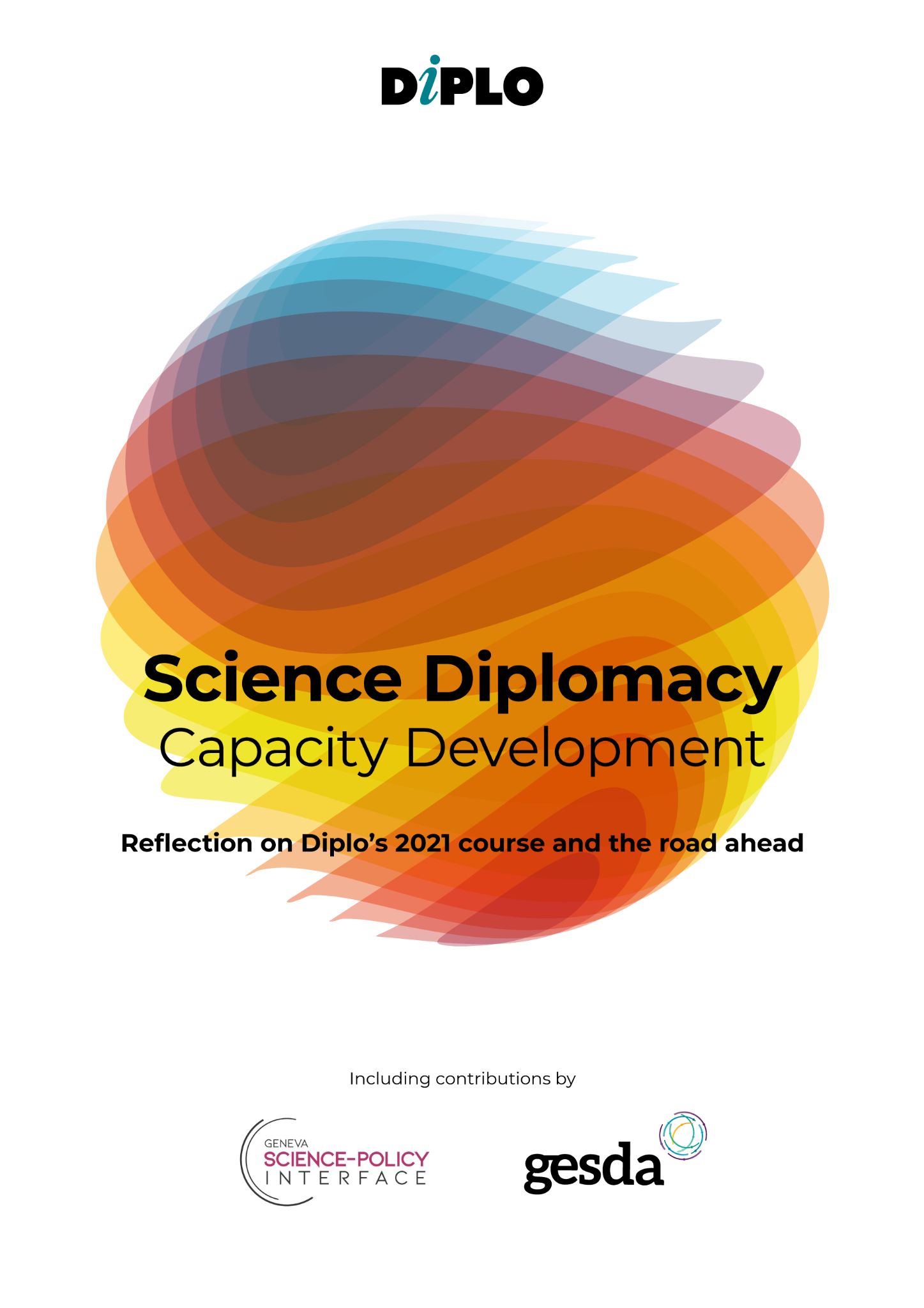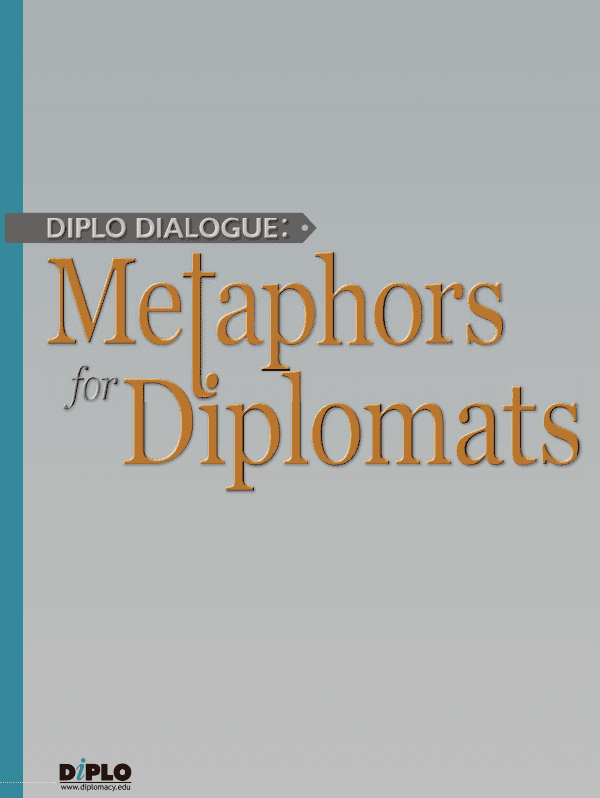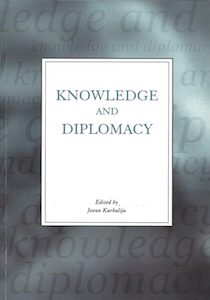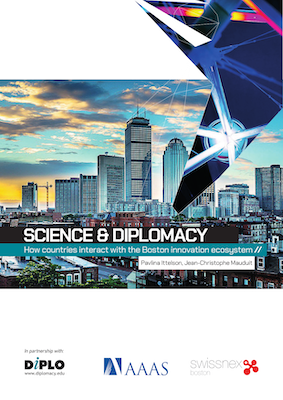Author: Estefania Ortiz Calva
Boundary Spanning at the American Association for the Advancement of Science
2022
This article is a part of the publication ‘Science diplomacy capacity development: Reflections on Diplo’s 2021 course and the road ahead’
Diplo’s course on Science Diplomacy allowed me to better conceptualize my role at the American Association for the Advancement of Science (AAAS), a ‘boundary spanning’ organization according to the Geneva Science-Policy Interface definition. AAAS is dedicated to building bridges between society and science, including strengthening the connection between policymakers and scientists. As part of the Center for Science Diplomacy (CSD) team, this course led me to ask: How can I be a more effective ‘boundary spanner’ between the diplomatic and scientific communities?
CSD focuses its Science Diplomacy activities around three pillars: by serving and fostering intellectual debate within the Science Diplomacy community of stakeholders, including via its journal Science & Diplomacy; by strengthening the capacities of scientists and diplomats who want to work on Science Diplomacy and fostering long-term collaboration between them; and by building relationships across disciplines, sectors, and borders, particularly where science can serve as a bridge when diplomatic relations are strained (Center for Science Diplomacy, n.d.).
The course made me reflect upon who the actors and/or venues for Science Diplomacy are. I consider AAAS –and the CSD in particular – to be both. It has served as a venue where key stakeholders have showcased projects related to Science Diplomacy, and as a community builder via the journal Science & Diplomacy and its AAAS-TWAS workshops. Yet, AAAS CSD has also played an active role as an actor of Science Diplomacy: it co-led the landmark AAAS-Royal Society (RS) framework on Science Diplomacy, and continues to expand the concept of Science Diplomacy through its editorials in Science & Diplomacy. Further, AAAS CSD has led engagement initiatives between scientific communities, such as U.S. and Cuban scientists, which are aimed at impacting relationships between actors where official relationships are strained (Fink, Leshner and Turekian, 2014; Madren, 2012).
Moving forward, I will continue to reflect on a broad definition of Science Diplomacy beyond the AAAS-RS framework as well as acknowledge the shortfalls and less than ideal implications of Science Diplomacy theory and practice. There is no simple or unique definition of Science Diplomacy (Turekian, 2018) and the AAAS-RS dimensions exist amongst multiple ways in which Science Diplomacy can be understood. Yet, this pioneering framework continues to be a point of reference when assessing what can be considered Science Diplomacy.
There are risks of oversimplifying and idolizing Science Diplomacy, particularly when confusing what Science Diplomacy should be with what it is able to achieve in practice. Also, I was grateful to familiarize myself with new concepts and literature on how to bring together scientists and diplomats without privileging any worldview and equally valuing what each one of them can bring to the table (Kaltofen and Acuto, 2018). These concepts and discussion of what is Science Diplomacy will be relevant for me when working on the content of CSD introductory workshops on Science Diplomacy.
Finally, I appreciate the emphasis during the course on the importance of anticipating crucial developments in scientific and technological innovations. Aware of the challenges and opportunities that innovations can bring, CSD published a special issue in Science & Diplomacy in February 2022 exploring the nexus between Science Diplomacy and emerging technologies.
Through our Ambassador Interview Series, we have seen how Ambassadors recognize the role that critical and emerging technologies play in foreign policy. As the Swiss Ambassador to the U.S., Jacques Pitteloud, pointed out in his interview, a new dimension of anticipatory Science Diplomacy may be needed to ensure everyone can benefit from scientific innovations while developing international frameworks that may be necessary to protect or regulate new technologies (Science & Diplomacy, 2021).








